Fanzines in the Ivory Tower
 This is the cover of Lobotomy, the brainless magazine, issue #1. Lobotomy enjoyed about a 2-year run. We published it whenever something was worth writing about, or when we felt like it. Because teenagers and 20-somethings have a whole different concept of time than older adults, we often published as often as the bands in England during the 60s released singles --- that is --- all the time!
This is the cover of Lobotomy, the brainless magazine, issue #1. Lobotomy enjoyed about a 2-year run. We published it whenever something was worth writing about, or when we felt like it. Because teenagers and 20-somethings have a whole different concept of time than older adults, we often published as often as the bands in England during the 60s released singles --- that is --- all the time!Doing the 'zine was about a natural and organic an activity as breathing for us. Thirty-plus years later, the phenomenon of the fanzine is being recognized by the Ivory Tower. I read the following on BBC's website:
They were invented by fans of trashy science fiction novels in the 1930s before their hand-written Xeroxed pages chronicled the birth of punk.
But as the internet threatens to condemn them to history's shredder, traditional music fanzines - amateur magazines written, edited and produced by fans - have found an unlikely saviour.
You can read more about it by clicking on this link - "Fanzines enter pages of history."
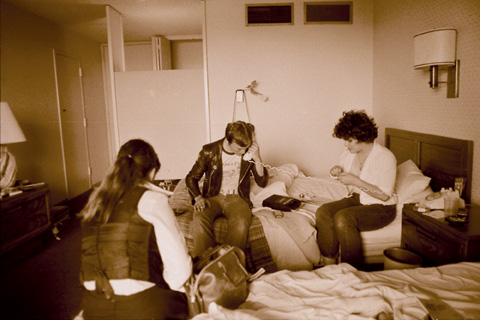
The scene photographed above - with Lobotomy's Anna Statman (back to camera) and Pleasant Gehman interviewing Jam drummer, Rick Buckler, was typical of a day of brainless journalism. Before bands had handlers and "people," they merely had record companies that may or may not have known how to market to punk rockers. But we solved that problem (as did the precursor of them all - Who Put the Bomp? and then Slash, Flipside, Back Door Man and other California based zines. In the UK, there were loads more... and around the world, even more again). Writing in the punk rock culture's vulgate, fanzines and iconoclast publications (Creem - which we all revered) were able to engage punk rock readers much more than any mainstream publications that either gave lip service (with photos) or ignored punk completely.
Letting a handful of proactive, entrepreneurial kids trumpet their bands to the appropriate audience was a no-brainer. But that's not where "brainless magazine" came from. Lobotomy paid homage to the Ramones song Teenage Lobotomy.

Above - Mumps manager, the late Joseph Fleury reads the May 1978 issue of Lobotomy while dining in Duke's with the Dickies.
Lobotomy served a dual purpose for us - its creators. It launched the writing career of one Pleasant Gehman. Writing music reviews helped Randy Kaye and Anna Statman hone the chops it requires to be A&R executives - as they could write about music critically as well as pick out a band or song with potential for staying power as well as mass appeal. They both had respected A&R careers at Slash, Geffen and Interscope.
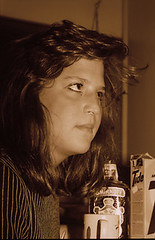
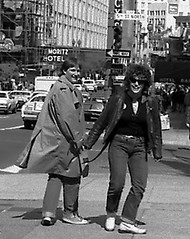
Anna Statman, left and Randy Kaye with Pleasant Gehman in San Francisco
It helped launch my own photographic career, as well as the careers of other local photographers who shot the punk scene (including the late Herb Wrede, who passed away before he could enjoy the renaissance of punk rock's importance).
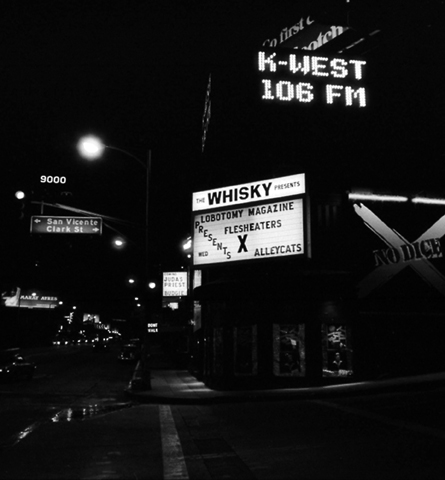
The most notable careers launched from Lobotomy were that of our Art Director, Brad Dunning, and all-purpose valuable player, Kid Congo Powers.
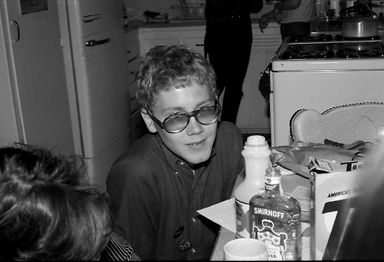
Brad Dunning, 1978
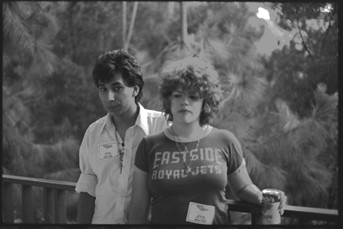
Kid n Plez, 1978
Both of them were founding members of the Gun Club, encouraged to perform by our friend Jeffrey Lee Pierce. Kid has famously continued with his musical career, playing with The Cramps, Nick Cave, Lydia Lunch, Knoxville Girls, Congo Norvell and his current project Kid Congo & the Pink Monkey Birds.
Brad is a well respected interior designer and now writes for publications that (I presume) pay him way better than Lobotomy did (which was nothing - except for in notoreity). You can read Brad's byline in the New York Times and Los Angeles Times.
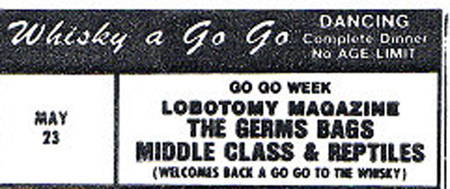
Back in 1978, Lobotomy was enough to get a group of fledging journalists access - some of it incredibly unprecedented - to the stars of tomorrow, and by extension, this access helped to build up a collection of clips and accomplishments as a foundation upon which to build a lifelong career.
Maybe next they'll start letting us teach students rather than have someone teach students about us....


Comments